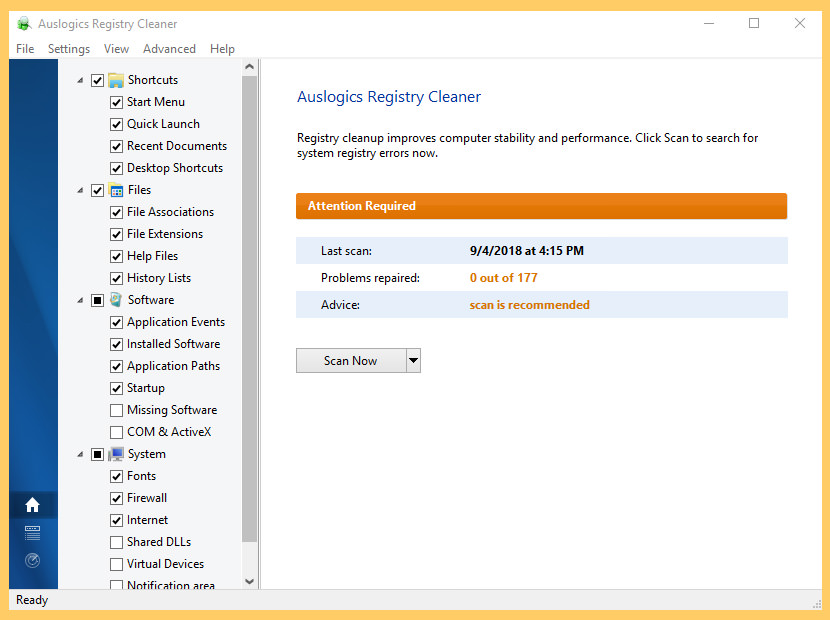
We encourage you to be proud of/promote your work to a degree, but we also don't want users using this sub as a link farm to promote their project/website/YouTube channel. No Spam / Excessive self-promotion - Reddit has clear rules about self promotion. For a refresher, please see Reddit's entry on Reddiquette as a general guideline. Hate speech of any kind will not be tolerated. Please refrain from talking down to people, being overly patronizing, name-calling, personal insults, etc. We'd much appreciate it if this wasn't a place where that happens. People can unnecessarily be jerks sometimes. Looking to contribute? Try Up For Grabs Rulesīe Respectful - This shouldn't need to be a rule, but this is the internet. For example, instead of saying "HKEY_LOCAL_MACHINE," it is easier to say and write "HKLM." For a listing of registry terms and shorthand, see our registry definition.A subreddit for everything open source related. In some documentation and online forums, the registry values may be abbreviated.
#OPEN SOURCE WINDOWS REGISTRY CLEANER WINDOWS#
Windows registry shorthand and abbreviations For example, if we did not want the IntelliPoint program to load each time Windows starts, we could highlight IntelliPoint and press Del. To delete a registry value, highlight any registry Name and press the Del key on the keyboard. In this case, we could change the file path of where the "ipoint.exe" file is located for the IntelliPoint driver. For example, if we double-click the 'IntelliPoint' value in the example above, a new window appears that would allow us to change the data value. To edit a registry value, double-click the name of the value you want to edit. In this example, you can see four different string value keys, which point to the programs that run each time the computer is turned on or restarted.

HKEY_LOCAL_MACHINE\SOFTWARE\Microsoft\Windows\CurrentVersion\RunĮach backslash ("\") in a registry path represents another folder in the registry, with the name of that folder following the backslash.Īfter navigating to the registry path above, you see a window similar to the example below.
#OPEN SOURCE WINDOWS REGISTRY CLEANER SOFTWARE#
In this key, you see the SOFTWARE folder, then Microsoft, Windows, CurrentVersion, and finally the Run folder. To browse this location, you first start by opening the HKEY_LOCAL_MACHINE key (folder). Below is an example path for a commonly accessed registry subkey. When most users edit their registry, they're given the location or path of where the registry value is located and what to change. In Windows 10, type regedit in the Search box on the taskbar and press Enter. In Windows 8, you can type regedit on the Start screen and select the regedit option in the search results. In the Start menu, either in the Run box or the Search box, type regedit and press Enter.Type regedit on the Start screen and select the regedit option in the search results.Type regedit in the Windows search box on the taskbar and press Enter.The Windows Registry Editor window should open and look similar to the example shown below.If prompted by User Account Control, click Yes to open the Registry Editor.In the text field at the top of the search window, type regedit and press Enter.



 0 kommentar(er)
0 kommentar(er)
